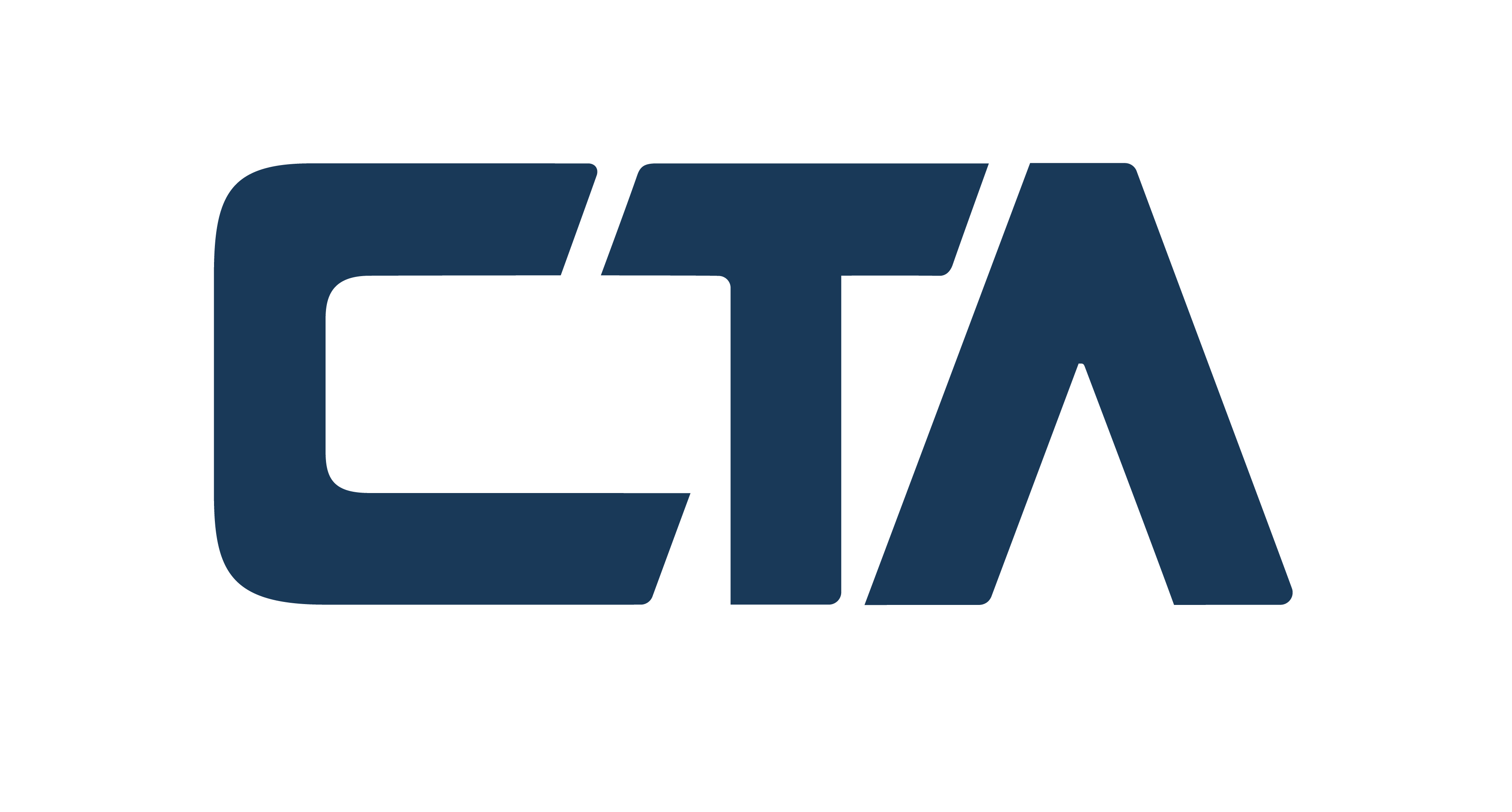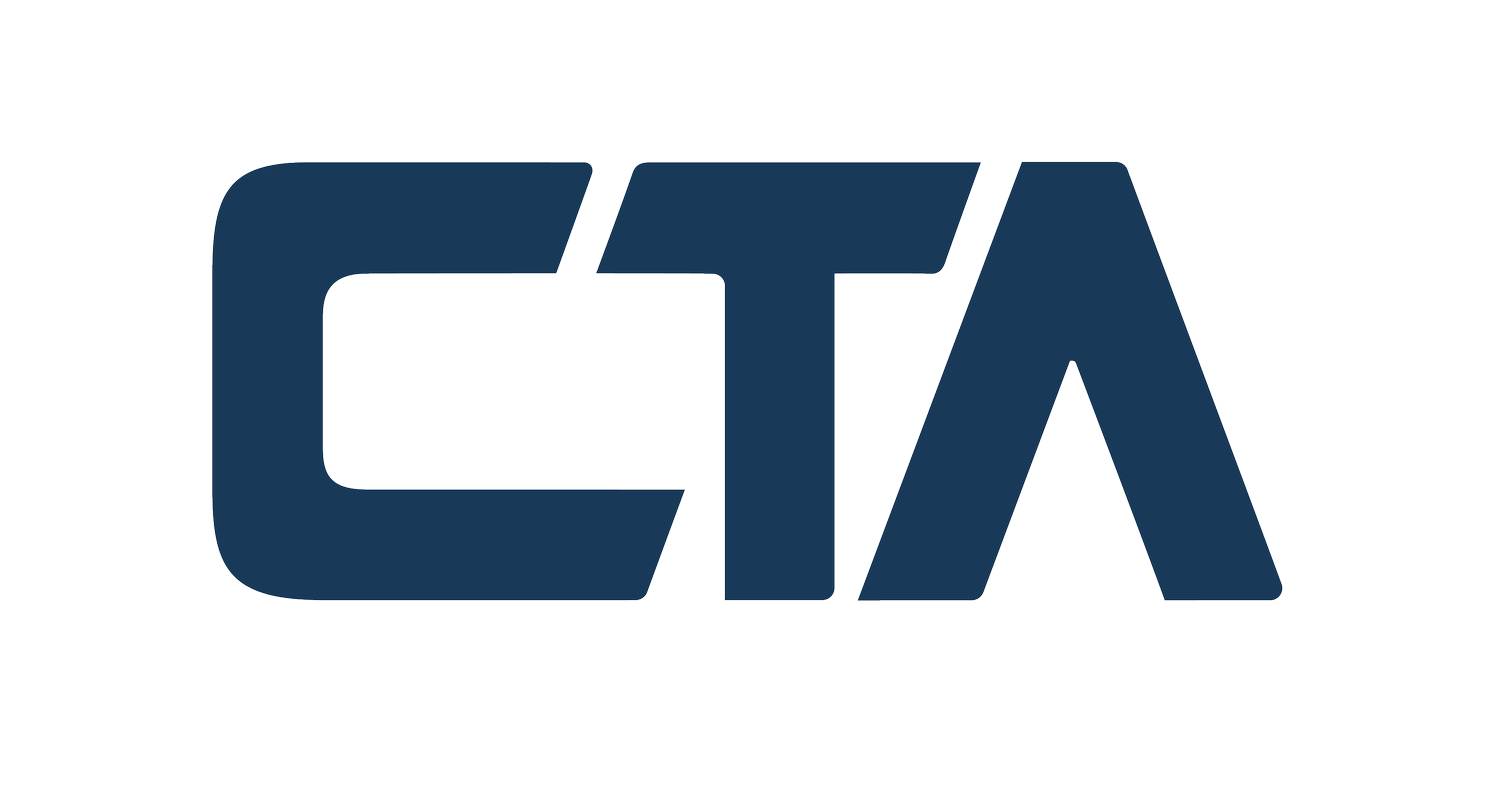This Cost segregation guide walks you through a strategic tax savings tool that allows businesses and individuals who have constructed, purchased, expanded, or remodeled any kind of real estate to increase cash flow by accelerating depreciation deductions and deferring federal and state income taxes.
In this comprehensive guide, we will navigate the Internal Revenue Service’s (IRS) guidelines on cost segregation, providing an in-depth overview of the IRS’s stance, methodologies, and best practices for conducting a cost segregation study.
Understanding Cost Segregation: IRS’s Perspective
The IRS recognizes cost segregation as a legitimate tax planning strategy that can significantly impact a taxpayer’s bottom line. However, it is critical to understand that while the IRS accepts cost segregation, it also scrutinizes these studies to ensure they are accurate and substantiated. The IRS’s viewpoint on cost segregation is that it must be done correctly and with precision. This means following the IRS’s guidelines, using proper methodology, and having detailed documentation to support the segregation of assets.
If you have never had a cost segregation study conducted, you may want to refer to our article on how much a cost segregation study costs.
Cost Segregation IRS-Endorsed Study Methodologies
The IRS does not endorse one particular method of cost segregation; however, it has provided a guide known as the “Cost Segregation Audit Techniques Guide” to help taxpayers and professionals understand the approach it deems acceptable.
What is a cost segregation study? This guide outlines the principles and techniques that should be applied when conducting a cost segregation study.
The methodologies endorsed by the IRS include:
- Detailed Engineering Approach from Actual Cost Records: This method is the most precise and involves using cost data from the construction or acquisition of the property. It requires a detailed analysis of actual costs and is considered the most reliable when actual cost records and documentation are available.
- Detailed Engineering Cost Estimate Approach: When actual cost records are not available, this approach uses estimates based on standard costs or valuation sources. It involves a detailed engineering analysis of the components and systems of a building to estimate the costs.
- Survey or Letter Approach: This method involves sending a survey or letter to the taxpayer to gather information about the cost of the property. It is less detailed and thus less reliable than the engineering approaches.
- Residual Estimation Approach: This approach estimates the value of the property’s structural components and subtracts this value from the total cost to determine the value of the personal property components.
- Sampling or Modeling Approach: In some cases, it may be impractical to perform a detailed study of all properties. In such cases, a statistical sampling method may be used to estimate costs.
Cost Segregation IRS-Compliant Best Practices
Conducting a cost segregation study involves a series of steps and requires adherence to certain guidelines to ensure it is done effectively and in compliance with IRS expectations. Here are the best practices for conducting a study:
- Engage Qualified Professionals: It is crucial to involve experts who are experienced in cost segregation, such as tax professionals, engineers, and accountants who specialize in this field. While an investor may be tempted to perform a DIY cost segregation study, that’s not recommended.
- Gather and Review Documentation: Collect all necessary documentation, including building plans, construction contracts, purchase agreements, and accounting records.
- Perform a Site Visit: A physical inspection of the property by the cost segregation professional is recommended to ensure that the study accurately reflects the actual property.
- Classify Assets: Assets should be classified into the appropriate categories: personal property, land improvements, and building (real property).
- Apply Correct Depreciation Methods: Once assets are classified, apply the correct depreciation methods and recovery periods according to the current tax code.
- Prepare a Detailed Report: The final report should include a detailed description of the methodology used, a thorough explanation of the classifications, and the basis for the segregation.
- Maintain Documentation: Keep all documentation used in the study for future reference and in case of an IRS audit.
Common Pitfalls and How to Avoid Them
While cost segregation can offer significant tax benefits, there are common pitfalls that can lead to errors or even IRS audits. Our cost segregation consultants are happy to help.
Here are some mistakes to avoid:
- Overly Aggressive Classifications: Classifying too much property as personal property can raise red flags with the IRS. Ensure classifications are reasonable and based on current IRS guidelines.
- Poor Documentation: Inadequate documentation can lead to disallowed deductions. Maintain detailed records and ensure the study is well-documented.
- Not Updating for Tax Law Changes: Tax laws change frequently, and it is important to ensure that the study reflects the most current laws and regulations.
- Ignoring IRS Audit Techniques Guide: The IRS provides the Audit Techniques Guide for a reason. Ignoring the guidance provided can lead to an increased risk of an audit.
- Failing to Conduct a Cost-Benefit Analysis: Before undertaking a cost segregation study, assess whether the potential tax benefits justify the costs of conducting the study.
Conclusion
Adhering to the IRS’s guidelines on cost segregation is paramount for ensuring compliance and maximizing tax benefits. By understanding the IRS’s perspective, following the endorsed methodologies, and adhering to best practices, businesses can navigate the complexities of cost segregation with confidence. A well-conducted cost segregation study can result in substantial tax savings and improved cash flow, making it a valuable tool in the strategic management of real estate assets.
For more detailed information, refer to the “Cost Segregation Audit Techniques Guide” provided by the IRS, which offers an in-depth look at the audit techniques and legal background related to cost segregation. By staying informed and compliant, taxpayers can effectively leverage cost segregation to their advantage while minimizing the risks of adverse IRS action. Discover how our team of expert tax credit advisors can help maximize your business savings.









